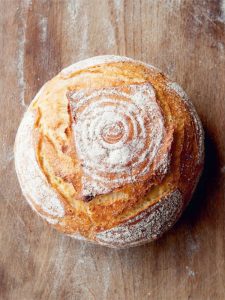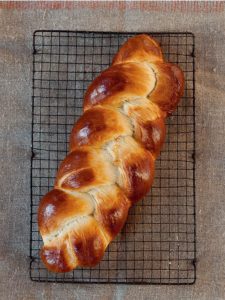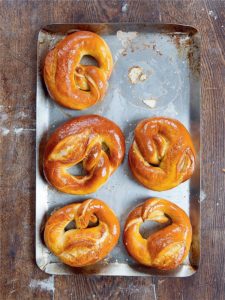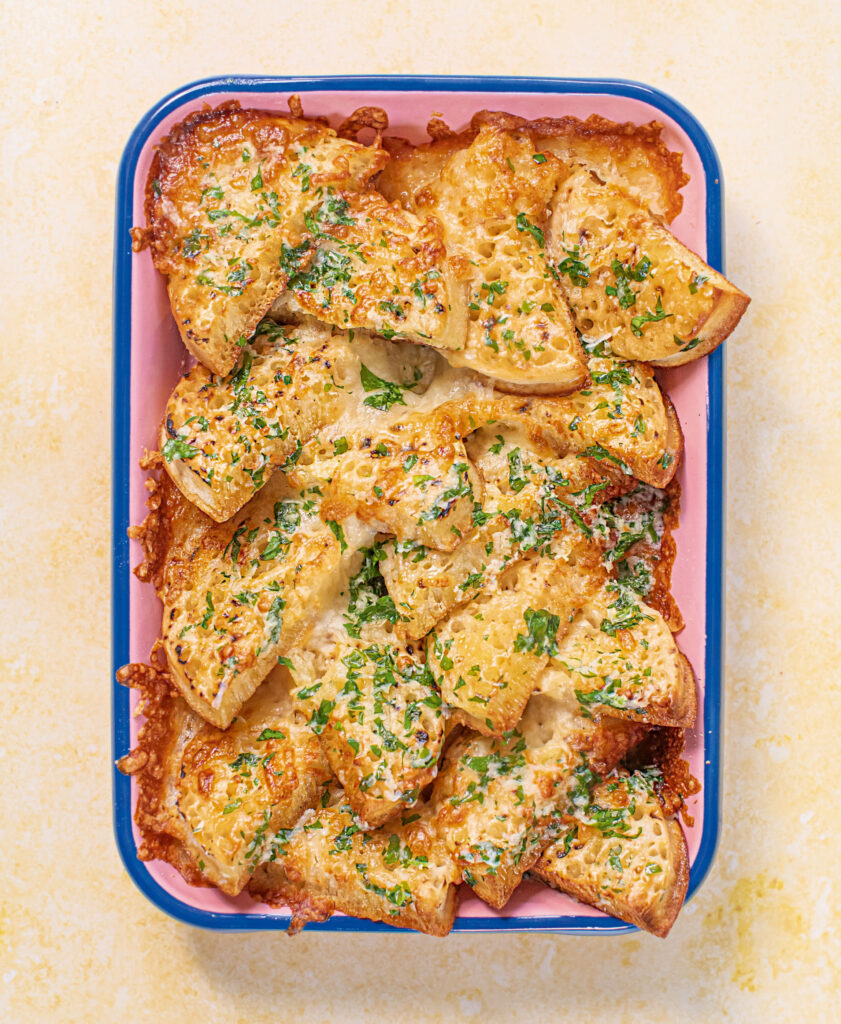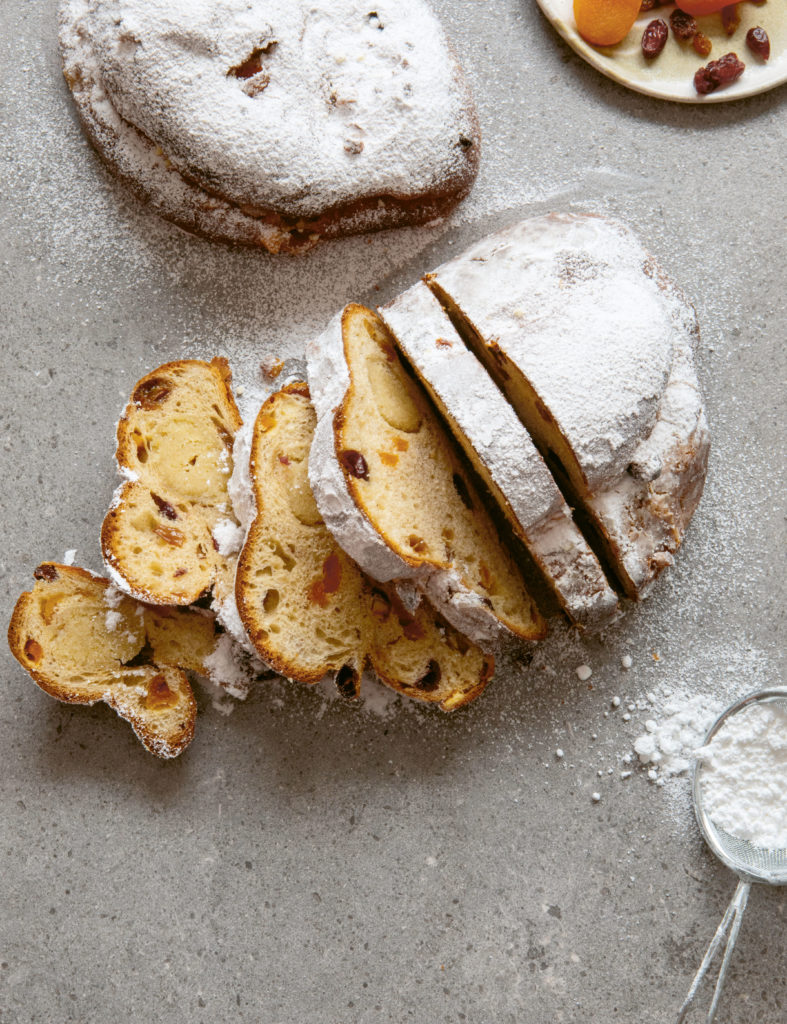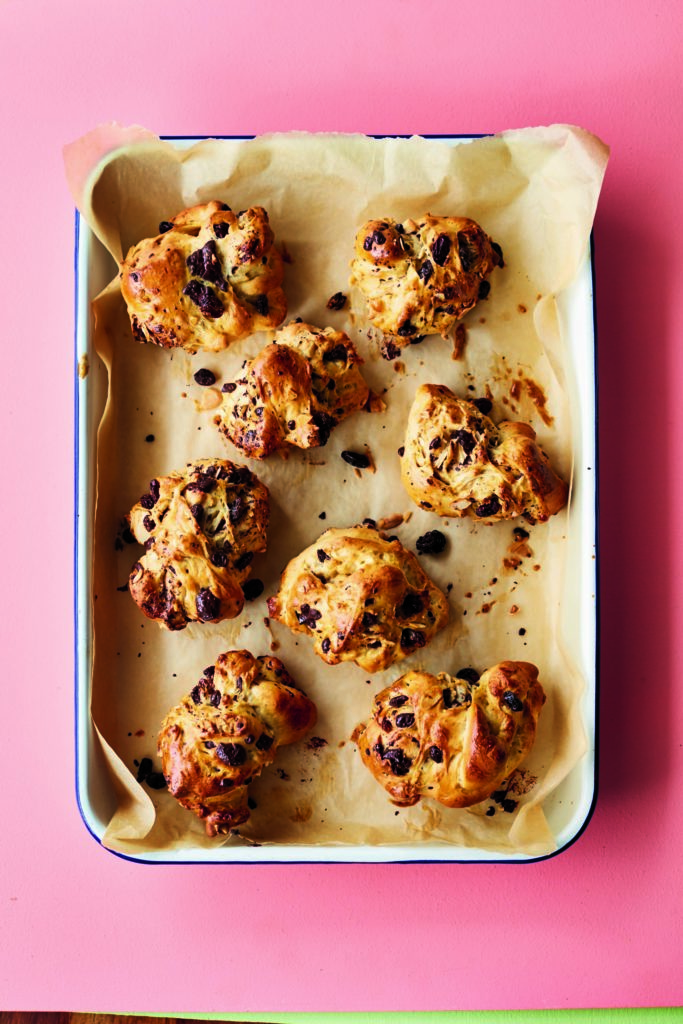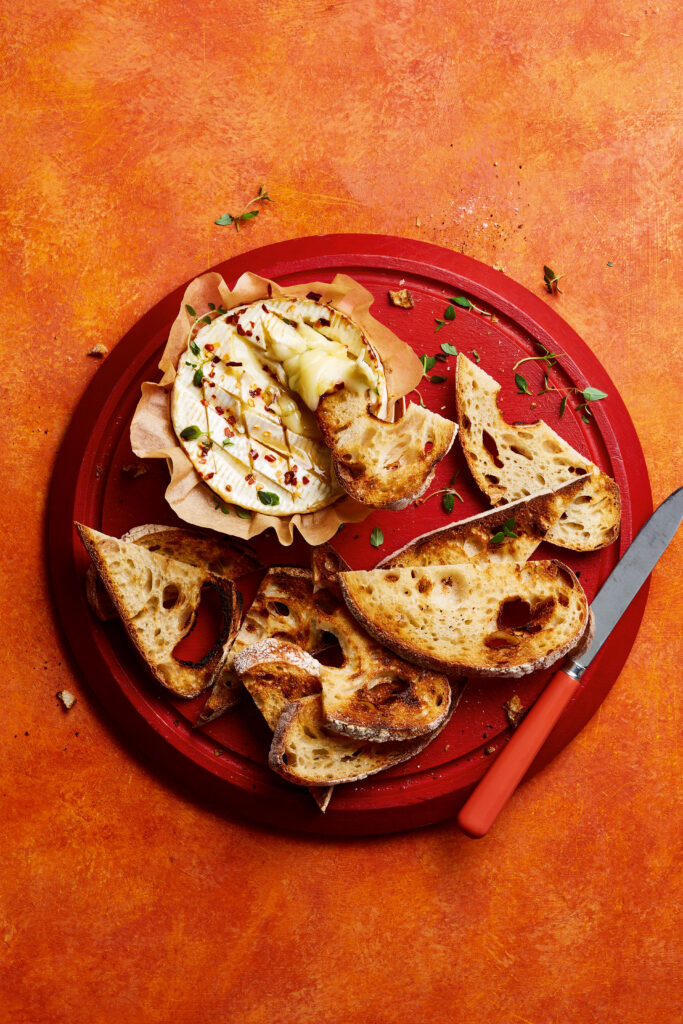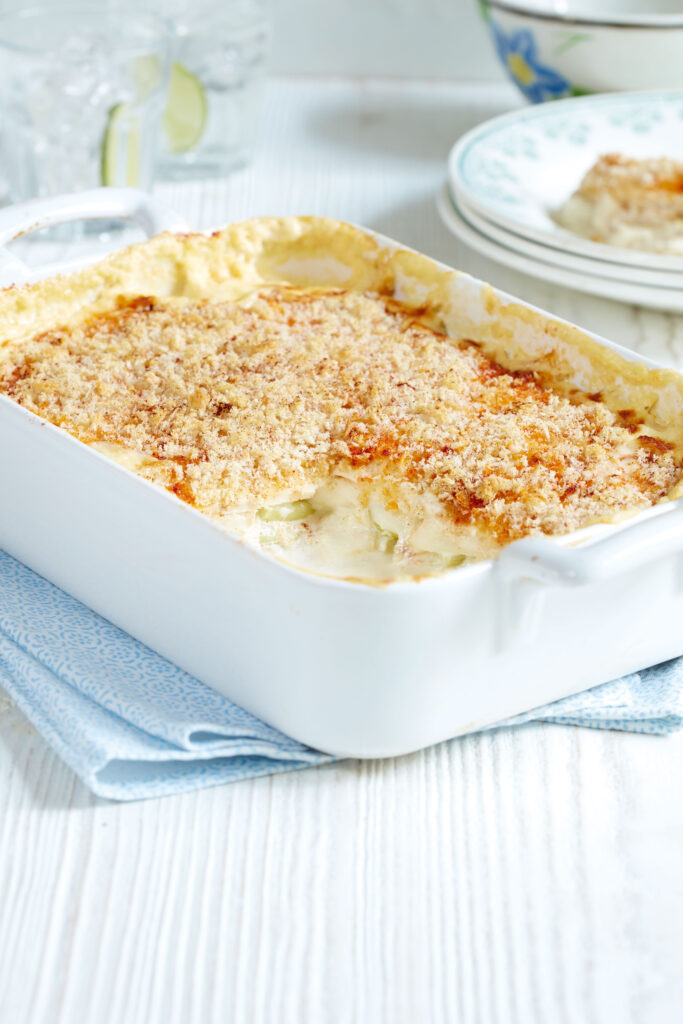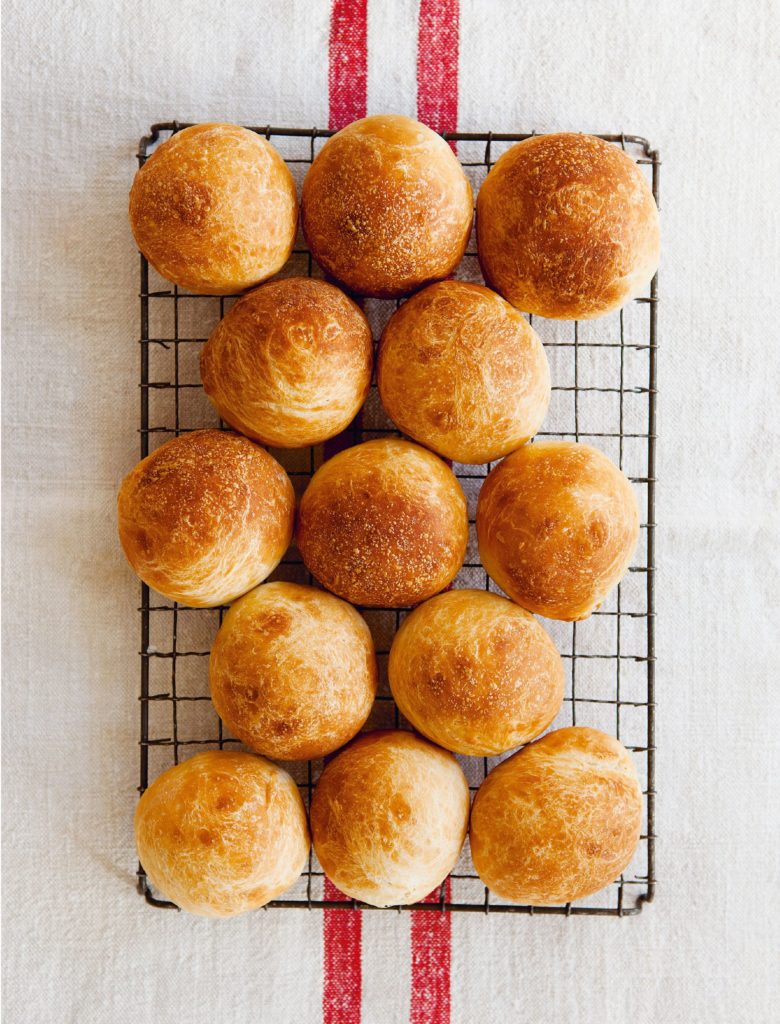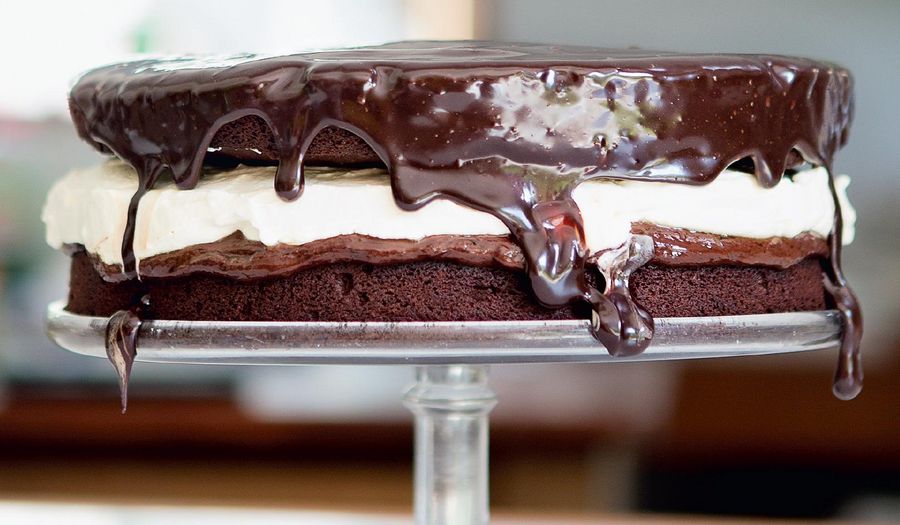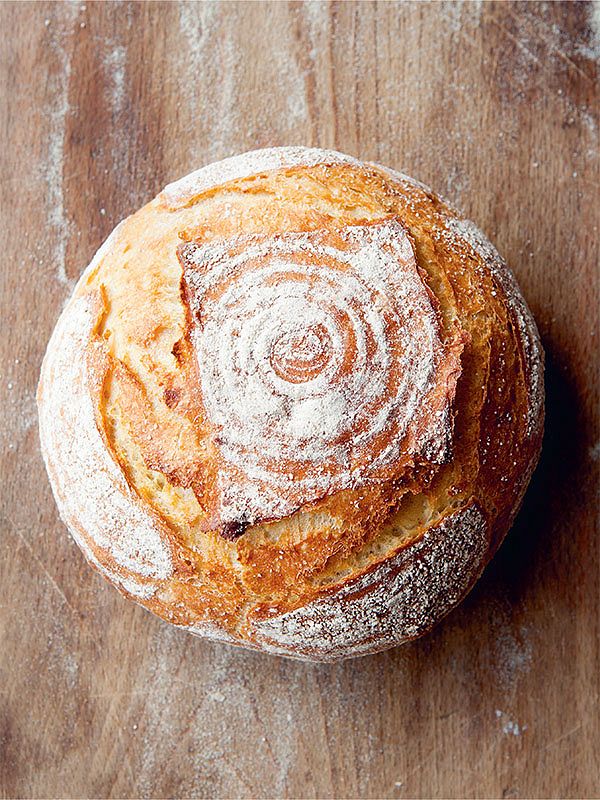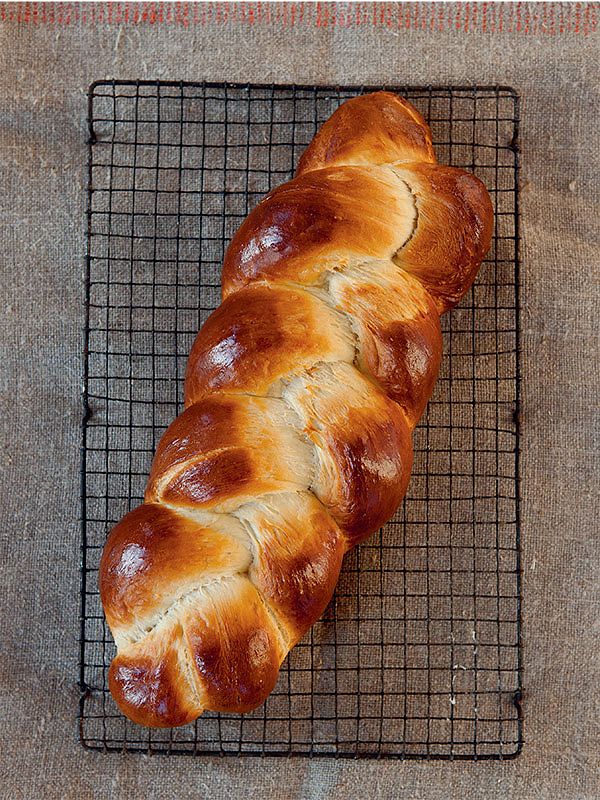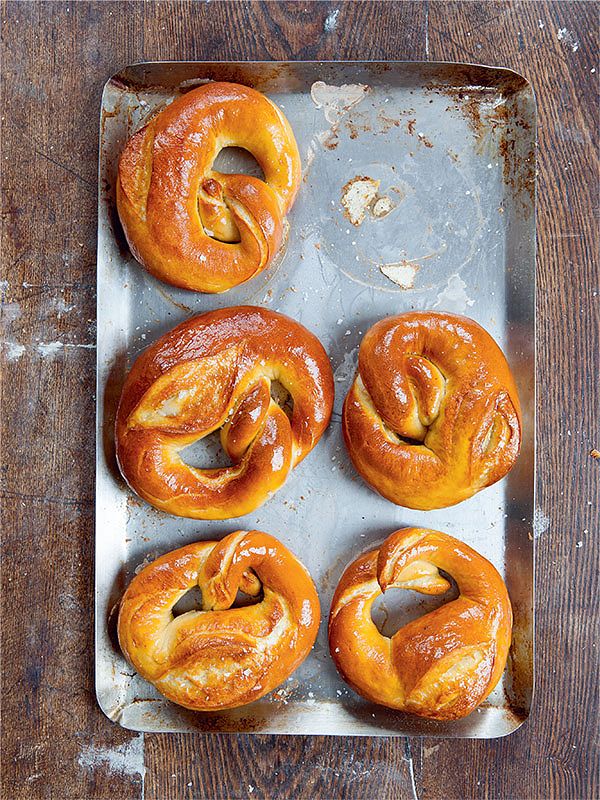Proper Panettone
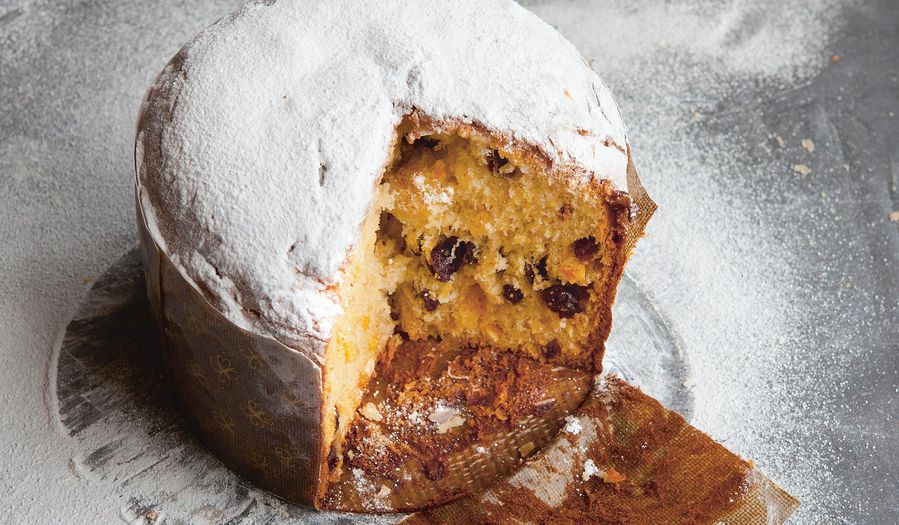
A proper panettone recipe from James Morton. A must for the festive season, get in the Christmas spirit with a classic homemade Italian panettone for the family
From the book
Buy From
Introduction
This Christmas, you’ve got to try this. This recipe for the traditional Milanese panettone is something that is miles from those tinned monstrosities you can get in the supermarket. This sweet bread quickly took Italy by storm after the First World War and then the whole world soon after the Second. Now each baker’s recipe has become a source of individual pride. Especially mine.
I thought about providing two separate recipes for panettone – a hasty, quick one and a hard, slow one. I felt, though, this would defeat the point – when I’ve met people looking for a good panettone recipe, they want the real deal. And this is the real deal; this may be the hardest recipe in this book, but it still isn’t all that hard and it is definitely worth putting in the effort once a year (at least). You can get panettone cases online fairly cheaply and easily, but you could use a springform cake tin if they’re delayed in the post. When I make panettone, I always double or triple this recipe because they make the most magical gifts – ‘I thought they only came in a box from the supermarket!’ If you can master this bread, you can bake any bread there is, brilliantly.
Time spent in the kitchen: about 1 hour
Time taken altogether: 24–48 hours, or longer if it’s cold.
Ingredients
| Stage 1 | |
| 170g | strong white flour |
| 55g | caster sugar |
| 60g | very active white sourdough starter |
| 35g | tepid water |
| 3 | egg yolks (60g) |
| 60g | softened butter |
| Stage 2 | |
| 40g | strong white flour |
| 40g | caster sugar |
| 1 tsp | high-quality vanilla extract |
| 1 tsp | orange blossom water (or Aroma Panettone, if you have it) |
| 15g | honey |
| 3g | salt |
| 30g | tepid water |
| 3 | egg yolks (60g) |
| 65g | unsalted butter, softened |
| 100g | sultanas (or dark chocolate chips) |
| 100g | Italian mixed candied peel |
| oil, for shaping |
Essential kit
You will need a panettone case.
Method
In a large bowl, mix together your Stage 1 flour, sugar, starter, water and egg yolks until they form a dough. It helps if you have an electric mixer, if I’m honest, because this dough is all about gluten development.
Knead your Stage 1 dough vigorously for 10–15 minutes until it passes the windowpane test easily. Only then, add the butter and beat until totally smooth and combined – at least another 5–10 minutes. Your once gloopy dough will have come together into something rather beautiful.
Proving time here is very long, and as such is highly dependent on temperature. You want it to at least triple in size. If your air temperature is in the high twenties or so, then this will only take about 10–12 hours. For me in my cold, student flat, this will take an entire day or more.
Once tripled in size, it’s time to add the Stage 2 ingredients. Add the flour and sugar, then mix to combine into a new, drier dough. Add the extracts, honey, salt and water, incorporating them into the dough. Finally, add the egg yolks, and again mix into a coherent dough.
Sorry but it’s time to knead again. And again, knead vigorously, for a good 10–15 minutes at least, until it passes the windowpane test easily. Only then, start incorporating the softened butter. Continue to work until this is totally smooth and incorporated, probably another 5–10 minutes.
Finally, add the sultanas (or chocolate chips) and mixed peel. Keep working the dough until you are absolutely positive that the fruit is as evenly distributed as it can be. Now, prepare your panettone case. Insert two wooden skewers along the base of the case, so once baked you’ll be able to hang the bread upside down.
Shaping a panettone is difficult, I’m not going to lie. You want a beautifully smooth and rounded surface with high surface tension and well supported sides. Although traditionally shaped using melted butter, I think oil is your best bet. Turn your dough out on to a heavily oiled surface and shape into a boule as per previous instructions. Because the dough is so wet and the oil is absorbed rapidly, you’ve got to be really quick. As soon as it looks smooth and tight and is holding its shape, plonk it into your panettone case.
Prove in your panettone case for approximately another 10–14 hours, depending on your room’s temperature. Again, in my draughty student flat, this prove took overnight then half the day. You want your dough to at least double in size, so it has climbed at least half way up the inside of the panettone case. If you’re worried about overproving whilst you go out, fridge it.
At least half an hour before baking, preheat your oven with your baking surface inside to 220°C/gas 7.
Just before you bake, turn the oven down to 180ºC/ gas 4. Then, take your panettone and score a large cross shape in the top using scissors, a peel or a razor blade. To the middle of the cross, add a small knob of butter. This is the traditional Milanese panettone; the cross signifying the Christian crucifix.
Bake for about 50–70 minutes on the bottom shelf of the oven. If it is becoming very dark after 30 minutes, turn the oven down. Add a cup of water to the bottom of the oven to create steam.
When hot, a panettone cannot support its own weight like when it is cool. Therefore, once it is out the oven, it will begin to collapse and lose the magnificent height. The solution to this lies with the skewers through the bottom of the panettone. Using two chairs, or two stacks of DVDs, hang the panettone cases upside down. Leave to cool like this for at least 4 hours, but you could leave it overnight.
Congratulations, you have just baked one of the hardest breads there is! I’m sorry it took so long, but I hope you’ll agree it was worth it.
Reviews
Have you tried this recipe? Let us know how it went by leaving a comment below.
Please note: Moderation is enabled and may delay your comment being posted. There is no need to resubmit your comment. By posting a comment you are agreeing to the website Terms of Use.



